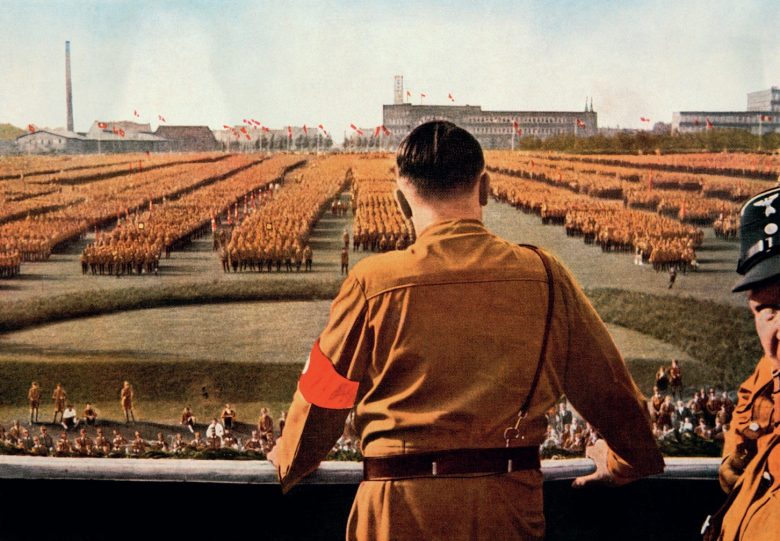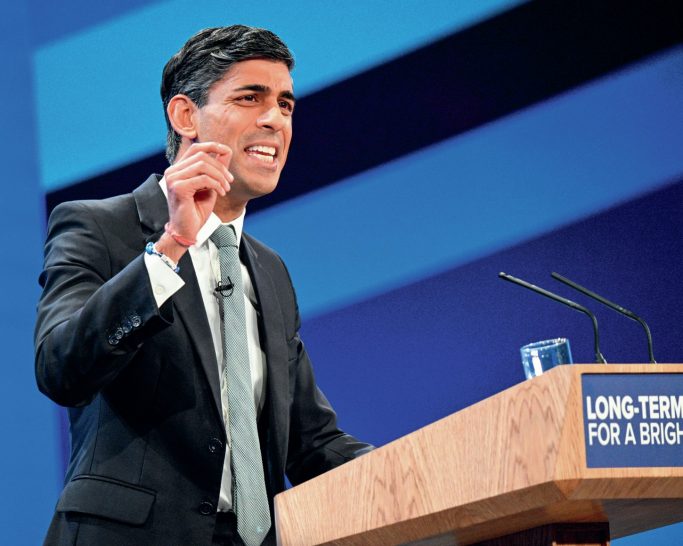
Presidents have few opportunities to shape the composition and character of the US Supreme Court. Because the nine members of the bench serve until retirement or death, a president’s ability to put forward a nomination is often a matter of chance. Indeed, President Jimmy Carter (1977–81) had no opportunities at all. Furthermore, because the US system of government is structured around checks and balances, the president might not get his way. Appointments require Senate confirmation. In 1987, in a move that shaped the politics of subsequent confirmation hearings, the Senate refused to accept Robert Bork. Bork, who had been nominated by President Reagan, was represented by Democrats as an ultraconservative, who would seek to overturn the 1954 Brown ruling that had paved the way for the desegregation of schools.
Nonetheless, just 4 months into the Obama presidency, Associate Justice David Souter, who had served on the Court since 1990, announced his retirement. Souter might have been awaiting a Democratic president. Although nominated by President George H. W. Bush amid hopes that the appointment would bolster the conservative wing of the Court, Souter disappointed those who had initially backed him. He upheld the principle underpinning the 1973 Roe ruling that abortion was a constitutional right and, in 2000, dissented from the ruling that ended recounts in Florida and gave the presidency to George W. Bush. In his later years on the Court, he was regarded a fairly solid member of its liberal wing.
Your organisation does not have access to this article.
Sign up today to give your students the edge they need to achieve their best grades with subject expertise
Subscribe




